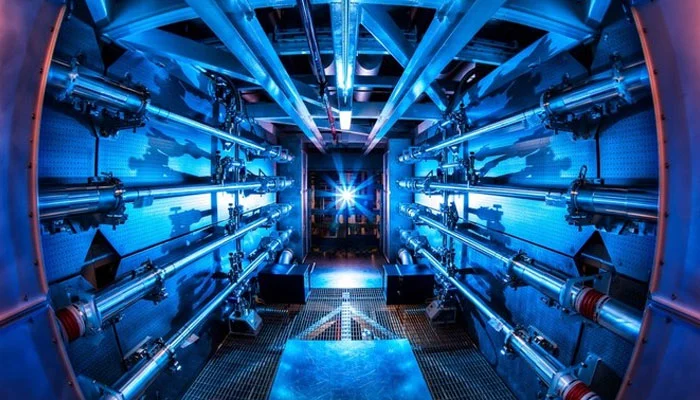In December, the Lawrence Livermore National Laboratory stunned the entire world by conducting an experimental nuclear reaction that produced more energy than it consumed.

US scientists who had participated in the previous historic nuclear fusion experiment in December of last year successfully completed a new nuclear fusion experiment on Monday that produced more energy.
In December, the Lawrence Livermore National Laboratory stunned the entire world by conducting an experimental nuclear reaction that produced more energy than it consumed.
This accomplishment was the “moon shot” in science that was required to completely phase out the use of fossil fuels.
Public information officer Paul Rhien stated in an email on Monday that “we can confirm the experiment produced a higher yield than the December 2022 experiment,” without providing any specific numbers.
The California lab intended to present the results at up coming scientific conferences and in peer-reviewed journals, he continued.
According to AFP, nuclear fusion has been promoted as a clean, abundant, and secure source of energy that could one day free humanity from its reliance on coal, crude oil, natural gas, and other hydrocarbons that are contributing to the global climate crisis.
There is still a long way to go before fusion is commercially feasible and can supply homes and businesses with electricity.
Fission, the splitting of a heavy atom’s nucleus, is currently used in nuclear power plants all over the world to generate energy.
Contrarily, fusion involves joining two light hydrogen atoms to create a heavier helium atom, which releases a significant amount of energy in the process. This is the same process that takes place inside stars like our Sun.
Fusion reactions can be sparked on Earth by heating hydrogen to extremely high temperatures inside of specialised apparatuses.
Fusion operates carbon-free, like fission, and has two additional crucial benefits: it creates significantly less radioactive waste and doesn’t run the risk of a nuclear meltdown.
The lab’s experiment from December involved delivering 2.05 megajoules of energy to a tiny capsule the size of a pea that contained hydrogen isotopes using 192 extremely potent lasers. Fusion energy output amounted to 3.15 megajoules.
Despite the fact that there was a net energy gain, 300 megajoules of energy from the electrical grid were required to power the lasers.